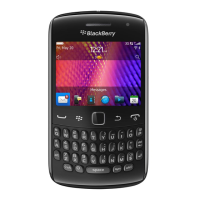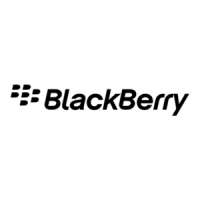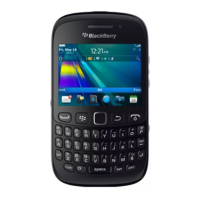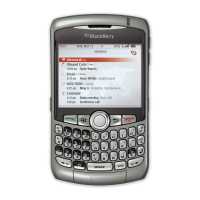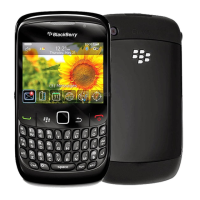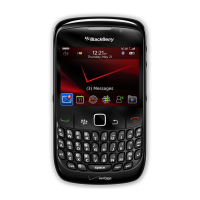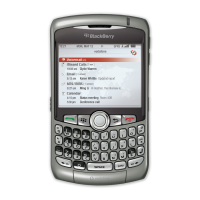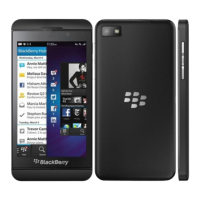Feature Example
Secure personal information and
data
If there are security risks associated with specific content, provide prompts to
users.
Searching the application Identify the content that has value to users. Determine where the content resides
and provide search capabilities.
Purchasing items Make it easy for users to purchase items.
Consider the following guidelines:
• Stay focused on user goals. Recognize that tasks might change but user goals are not likely to change.
• If possible, sketch multiple workflows for the same task. If users don't understand a particular element of a task, then
you have another option to show them.
• Evaluate all of the tasks from end to end. Users often experience issues in the steps between tasks.
• Present your ideas to other designers to uncover any show-stopping issues or major design flaws. Then present your
ideas to some representative users. Even if you only approach a few users, observe, listen, and talk to them. Ask them
what they think and why. You might be surprised by their response.
Stage 3: Organizing content on the screen
During this stage, lay out the components on each screen. Make sure that the components are organized in a way that
makes sense to users. Make sure that the layout and behavior of each component helps users perform tasks quickly and
easily. For example, use spin boxes for a list of sequential items and drop-down lists for non-sequential items or items with
irregular intervals.
Design outputs
You can create the following design outputs to help you organize content on the screen:
• Page layouts
• Detailed designs of task flows and navigation
• A naming model for objects and actions in the UI
User research methods
You can use the following types of user research methods to help you organize content on the screen:
User research method Purpose
Usability evaluation of goal-based
tasks
After you evaluate high-level tasks, you can focus on evaluating the details of
specific tasks.
UI Guidelines Getting started
21
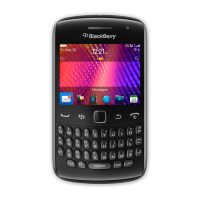
